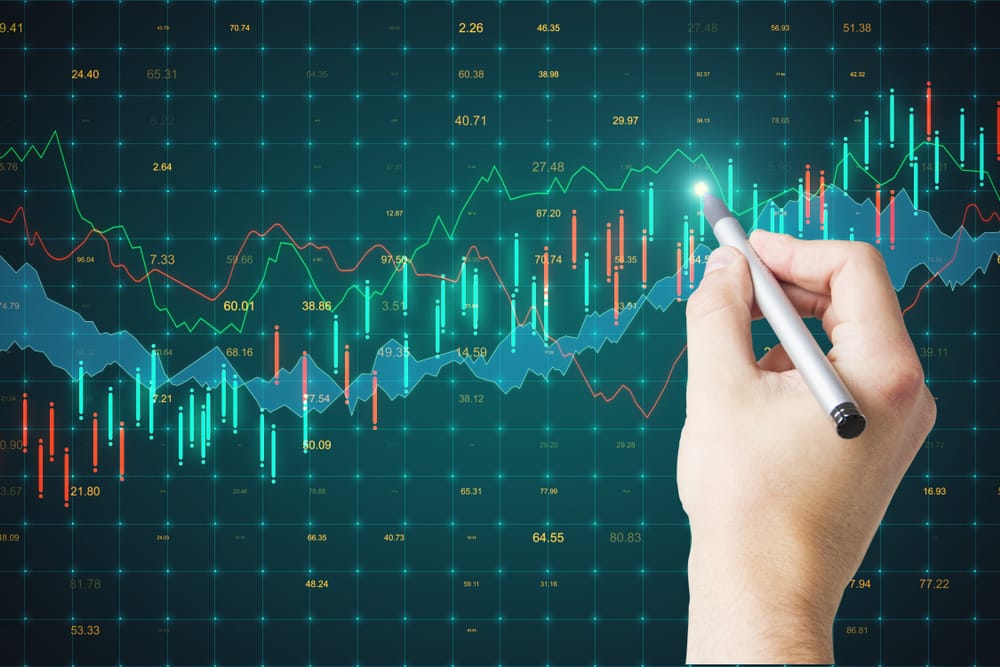Percent Change from Preceding Period, Seasonally Adjusted
This dataset tracks percent change from preceding period, seasonally adjusted over time.
Latest Value
-0.50
Year-over-Year Change
0.00%
Date Range
2/1/2002 - 6/1/2025
Summary
This economic indicator measures the percent change in a variable from the previous period, adjusted for seasonal factors. It provides insight into the direction and magnitude of economic trends.
Analysis & Context
This economic indicator provides valuable insights into current market conditions and economic trends. The data is updated regularly by the Federal Reserve and represents one of the most reliable sources for economic analysis.
Understanding this metric helps economists, policymakers, and investors make informed decisions about economic conditions and future trends. The interactive chart above allows you to explore historical patterns and identify key trends over time.
About This Dataset
The Percent Change from Preceding Period, Seasonally Adjusted metric tracks the rate of change in an economic variable compared to the prior reporting period. This helps analysts and policymakers identify and interpret underlying economic patterns by removing the effects of predictable seasonal fluctuations.
Methodology
The data is calculated by the U.S. Federal Reserve based on surveys and other government statistics.
Historical Context
This trend is widely used to monitor and forecast economic conditions and guide policy decisions.
Key Facts
- The data is reported on a monthly or quarterly basis.
- Positive values indicate economic expansion, while negative values signal contraction.
- Seasonal adjustment removes predictable fluctuations due to factors like weather or holidays.
FAQs
Q: What does this economic trend measure?
A: This indicator measures the percent change in an economic variable from the previous reporting period, with seasonal factors removed.
Q: Why is this trend relevant for users or analysts?
A: The seasonally adjusted percent change provides a clearer picture of underlying economic conditions by eliminating the effects of predictable seasonal patterns.
Q: How is this data collected or calculated?
A: The data is calculated by the U.S. Federal Reserve based on various government surveys and statistical sources.
Q: How is this trend used in economic policy?
A: Policymakers and analysts use this metric to monitor economic performance, identify emerging trends, and inform policy decisions.
Q: Are there update delays or limitations?
A: The data is typically released on a monthly or quarterly basis, with some delay to allow for data collection and seasonal adjustments.
Related News

U.S. Trade Deficit Decreases As Businesses Anticipate Tariff Hikes
U.S. Trade Deficit Reaches Two-Year Low Amid Anticipated Tariff Hikes The recent announcement that the U.S. trade deficit has reached a two-year low signals significant developments for the national economy. This change may, in part, be influenced by the anticipation of tariff hikes, which are affecting trade patterns. As this event unfolds, it has implications for the U.S. GDP, underscoring the importance of reducing the trade deficit. Trade tensions have long shaped the global economic landsc

US Stock Markets Decline Amid Labor Market Concerns, Cooling AI Frenzy
US Stock Market Declines Amid AI Frenzy and Labor Market Concerns The US stock market has recently experienced notable declines, with major indices such as the Dow Jones, S&P 500, and Nasdaq experiencing significant losses. This turmoil can be partly attributed to the AI frenzy, a period of intense excitement around advancements in artificial intelligence, which initially propelled tech stocks to new heights. However, as the fervor surrounding AI growth began to cool, the markets experienced a

Federal Reserve rate cuts forecast and S&P 500 market reaction
How Federal Reserve Rate Cuts Shape the Economic Landscape The Federal Reserve's decisions impact the financial environment in various ways, often triggering shifts that ripple throughout the economy. The act of altering the effective federal funds rate influences a broad spectrum of financial metrics, including the S&P 500. Notably, these changes have repercussions for market volatility, investor confidence, and the broader economic outlook. Understanding these connections helps place today's

S&P 500 Target Increases Amid Ongoing AI Growth in the US
AI Growth Drives S&P 500 Target Increases AI technology is playing a significant role in propelling S&P 500 target increases, reshaping the United States stock exchange. As Wall Street analysts tune their investment strategies in response to these changes, the S&P 500's rise serves as a mirror reflecting wider economic trends. The increasing targets have brought a new focus to stock market predictions and AI investment, altering the ways both investors and analysts approach the financial landsc

US Treasury yields mixed before expected Federal Reserve rate cut
Understanding Mixed Treasury Yields Ahead of the Anticipated Fed Rate Cut Navigating the complex world of Treasury yields can seem like unraveling a mystery. In the unpredictable arena of mixed yields, understanding their shifts becomes especially crucial. Treasury yields offer a glimpse into Wall Street's trust in the economic outlook. They're shaped by various factors, such as the Federal Reserve's interest rate changes and the broader economic landscape. Right now, investors are watching clo

S&P 500 hits record as U.S. producer prices fall
S&P 500 Reaches Record High as U.S. Producer Prices Decline The S&P 500 reaching a record high suggests a notable moment in market history, particularly as the U.S. Producer Price Index (PPI) shows a downward trend. The link between the stock markets and producer prices demonstrates how interconnected these financial indicators can be. Falling PPI numbers might seem positive, yet they can signal underlying market changes. These shifts invite investors to recalibrate their approaches in response
Related Trends
Consumer Price Index for All Urban Consumers: All Items in U.S. City Average
CPIAUCNS
Capacity Utilization: Total Index
TCU
Commercial and Industrial Loans, All Commercial Banks
TOTCI
Share of Foreign Born in Home Owners Loan Corporation (HOLC) Neighborhood A
RLMSHFBHOLCNA
Home Ownership Rate in Home Owners Loan Corporation (HOLC) Neighborhood C
RLMSHHORHOLCNC
Share of Foreign Born in Home Owners Loan Corporation (HOLC) Neighborhood C
RLMSHFBHOLCNC
Citation
U.S. Federal Reserve, Percent Change from Preceding Period, Seasonally Adjusted (MPCVXXXXS), retrieved from FRED.